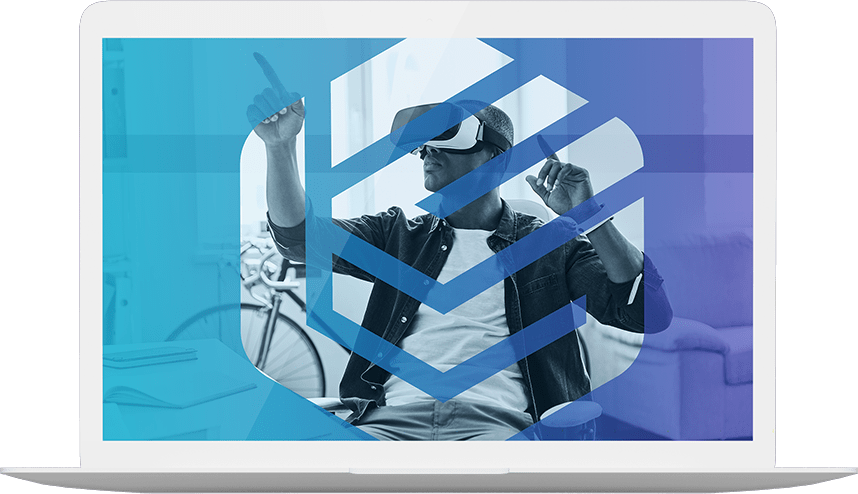- [email protected]
- Mon - Sat: 8.00 am - 7.00 pm
We are creative, ambitious and ready for challenges! Hire Us
Over 10 years we help companies reach their financial and branding goals. Engitech is a values-driven technology agency dedicated.
411 University St, Seattle, USA
+1 -800-456-478-23

If you want to strengthen your company, there is a powerful instrument that can help you accomplish so. ERP software aids in the smooth functioning of day-to-day business operations such as order and inventory management, human resources, and accounting. Whether you choose to design your own ERP system or purchase one, the decision is yours. But first, let’s look at the possibilities and see what effects custom ERP software development may produce, as well as how the system can boost your company’s vitality and capability.

Each ERP system must be tailored to a company’s individual needs in order to effectively target specific areas of performance that need to be improved. The following are some examples of these areas:

When contemplating ERP systems, a business owner or any decision-maker in a corporation should ask themselves this question. When it comes to the company’s software needs, the “create vs buy” option is difficult. If you go with constructing, you’ll have to figure out how to develop web-based ERP software, but if you go with buying, you’ll have to figure out what that program should look like.
Purchasing an off-the-shelf ERP solution will almost certainly save you money, which is a significant advantage versus customizing one. The lack of personalization, on the other hand, is the disadvantage of purchasing software. This disadvantage eventually begins to outweigh the cost benefits, especially as the organization grows.
As a result, it may become unavoidable that the organization develops proprietary software in order to scale effectively. However, keep in mind that a scenario like this is only beneficial if the custom software will give you a competitive advantage over your market competitors and your business is growing to the point where the costs of the expensive software will be covered by a larger client base, resulting in a higher return on investment.





411 University St, Seattle, USA
+1 -800-456-478-23